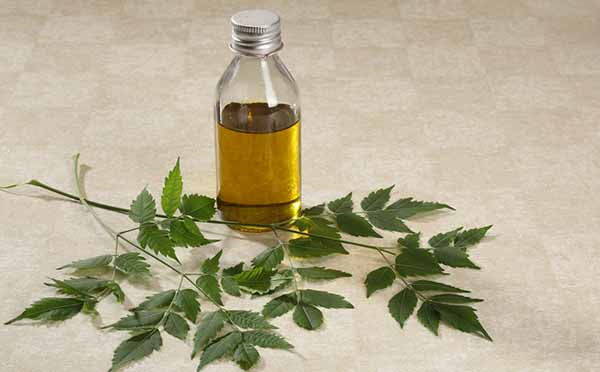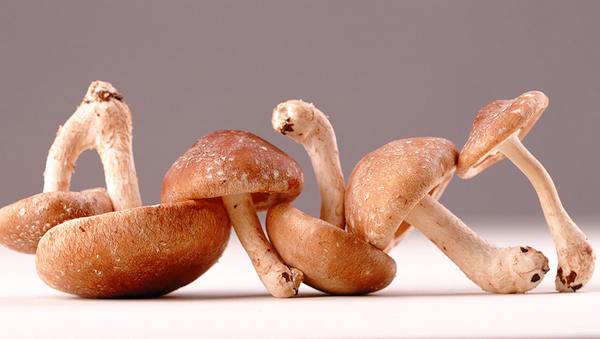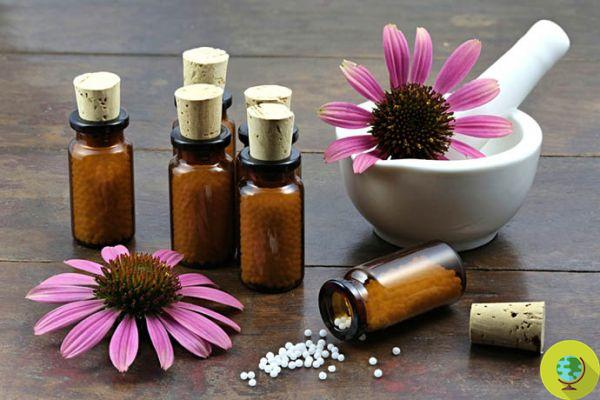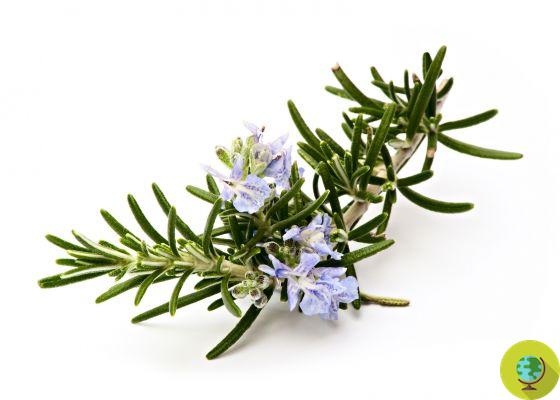Fever is an important mechanism in our body that has a specific meaning. When the temperature rises it means that there is an infection or in any case an imbalance within the organism, fever is nothing more than a way to favor the work of the immune system at the expense of bacteria, viruses or other microorganisms that they are trying to take over.
Don't store avocado like this: it's dangerous
Fever is an important mechanism in our body that has a specific meaning. When the temperature rises it means that there is an infection or in any case an imbalance within the body, the fever is nothing more than a way to help the immune system work at the expense of bacteria, viruses or other microorganisms that are trying to take over.
The fever it is not in itself a disease but simply a symptom that something is happening inside the body. If the temperature remains within certain ranges it should absolutely not be lowered, in this way in fact faster healing is promoted precisely because our body's defenses are enabled to work better and microorganisms find themselves in a situation where it is more difficult to reproduce.
Read also: FEVER FOR CHILDREN: 5 WAYS TO ADDRESS IT WITHOUT ANXIETY AND WHEN TO CONTACT THE PEDIATRICIAN
However, if the fever is very high and exposes you to seizures, for example, it can be useful (always after having heard the opinion of your doctor or pediatrician), try to lower it using some natural remedies:
Light clothes
Very important in case of fever to dress up with light and breathable clothing as well as sleeping in a bed covering only with a sheet (or if necessary a light bedspread) thus avoiding accumulating heat which can further raise the temperature.
Sponging
A classic remedy to lower fever is that of sponging or the action of rub with a cloth soaked in fresh water (not frozen) the area of the temples, wrists and feet to favor the dispersion of heat.
Water and vinegar on the feet
Very effective sponging are the ones they use a solution of water and vinegar in equal parts. There are even those who dip their socks in these two liquids and then keep them on their feet for about 10 minutes waiting for them to have their effect on body temperature.
Read also: VINEGAR: 30 ALTERNATIVE USES
Drink lots of fluids
When you have a fever, it is very important to drink plenty of water and help yourself replenish liquids with extracts, juices or herbal teas. Drinking more also promotes detoxification of the body.
Read also: 10 REASONS TO DRINK 2 LITERS OF WATER A DAY
Vegetable aspirin
To avoid resorting to the use of antipyretic drugs, you can opt for what is called plant aspirin, that is an herbal tea based on elderberry, lime, mint and violet. However, there are also other mixes that are equally effective in lowering fever and in general in treating flu and colds. Ask your trusted herbalist for advice and always keep the set of herbs ready to be used at home.
Read also: THE ELDER AND THE VEGETABLE ASPIRIN RECIPE

Plants that disperse heat
There are other plants that can help lower fever. In particular there is the white willow (rich in salicylates from which the famous aspirin also derives) and spirea ulmaria but also the simplest chamomile, mint, linden, eucalyptus and gentian, are herbs that, if taken hot or lukewarm, favor sweating and therefore the dispersion of body heat.
Read also: CHAMOMILE: PROPERTIES, USES AND CONTRAINDICATIONS
Echinacea
support the work of the immune system, thus helping to stem infections and inflammations and consequently relieve fever, it is possible to take the mother tincture or the Echinacea bud extract. Usually 30 to 50 drops are recommended, 2 or 3 times a day (ask your herbalist for advice).
Read also: ECHINACEA: MORE EFFECTIVE THAN DRUGS TO DEFEAT THE FLU
Vitamin C:
Vitamin C is also an ally of the immune system and is important take good quantities in case the fever is due to flu and cold. You can increase your intake by eating more foods that contain it or take a real vitamin C supplement already at the first symptoms of malaise.
Read also: VITAMIN C AGAINST COOLING: THE FOODS THAT ARE RICHEST
Clay pack
To lower your fever a little you can experiment with a warm breezy green clay wrap from place on the abdomen leaving it to act for about half an hour. The application can be repeated 2 or 3 times during the day.
Read also: GREEN CLAY: 10 USES FOR HEALTH AND BEAUTY
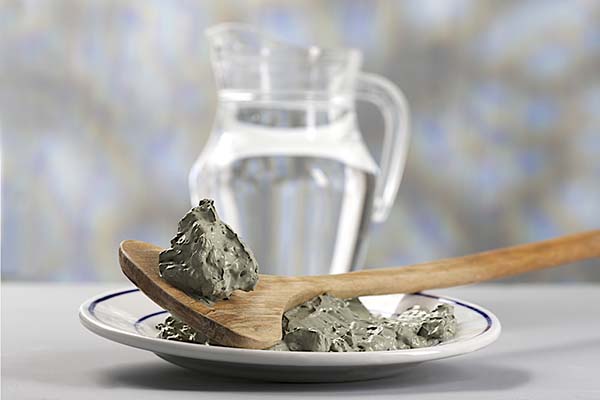
Rosemary decoction
Even an aromatic herb like rosemary can help in case of fever. Try drinking a decoction prepared with a sprig of rosemary boiled in water for about 10 minutes. After filtering it, sweeten to taste. You can drink it a couple of cups a dayor, you should only avoid taking this remedy if you have high blood pressure.





